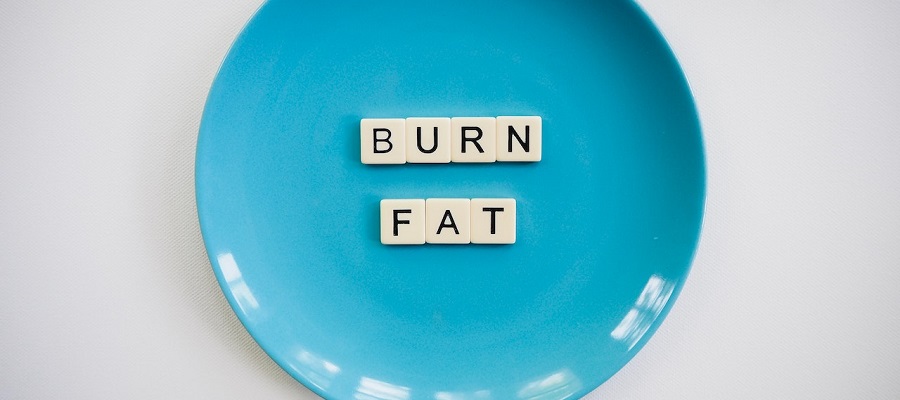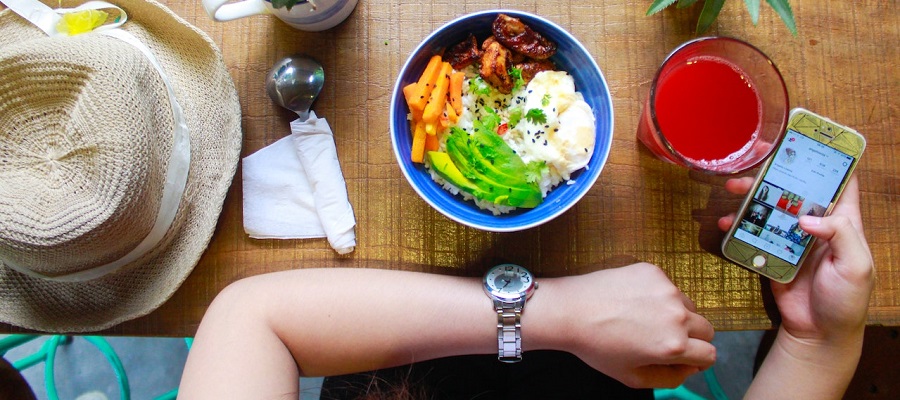The Paleo Diet
Introduction
The Paleo diet, also known as the Paleolithic diet or caveman diet, is a popular diet that focuses on eating foods that were available to our ancestors during the Paleolithic era. The diet is based on the idea that our bodies are better adapted to the foods that our ancestors ate, and that modern processed foods are responsible for many of the health problems that we face today.
What is the Paleo Diet?
The Paleo diet is a diet that focuses on eating whole, unprocessed foods that were available to our ancestors during the Paleolithic era. This includes foods such as meat, fish, fruits, vegetables, nuts, and seeds. The diet excludes processed foods, grains, legumes, dairy products, sugar, and artificial sweeteners.
History of the Paleo Diet
The Paleo diet was first popularized in the 1970s by a gastroenterologist named Walter L. Voegtlin. The diet gained popularity in the 2000s with the publication of several books, including "The Paleo Diet" by Loren Cordain and "The Primal Blueprint" by Mark Sisson.
Benefits of the Paleo Diet
The Paleo diet has been associated with several health benefits, including weight loss, improved blood sugar control, and reduced inflammation. The diet is also high in protein and fiber, which can help to keep you feeling full and satisfied.
What to Eat on the Paleo Diet
Meat and Poultry
Meat and poultry are staples of the Paleo diet. Grass-fed beef, bison, lamb, and pork are all good choices, as are chicken, turkey, and other poultry.
Fish and Seafood
Fish and seafood are also important components of the Paleo diet. Wild-caught salmon, tuna, mackerel, and other fatty fish are all good choices.
Eggs
Eggs are a great source of protein and are allowed on the Paleo diet. Look for eggs from free-range chickens.
Fruits and Vegetables
Fruits and vegetables are an important part of the Paleo diet. Choose a variety of colorful fruits and vegetables to get a range of nutrients.
Nuts and Seeds
Nuts and seeds are a good source of healthy fats and are allowed on the Paleo diet. Almonds, walnuts, macadamia nuts, and pumpkin seeds are all good choices.
Fats and Oils
Healthy fats and oils are an important part of the Paleo diet. Olive oil, coconut oil, avocado oil, and ghee are all good choices.
Herbs and Spices
Herbs and spices are a great way to add flavor to your meals on the Paleo diet. Try using garlic, ginger, turmeric, and other spices to add flavor to your dishes.
What to Avoid on the Paleo Diet
Processed Foods
Processed foods are not allowed on the Paleo diet. This includes foods such as chips, cookies, and other packaged snacks.
Grains and Legumes
Grains and legumes are not allowed on the Paleo diet. This includes foods such as bread, pasta, rice, and beans.
Dairy Products
Dairy products are not allowed on the Paleo diet. This includes milk, cheese, and yogurt.
Sugar and Artificial Sweeteners
Sugar and artificial sweeteners are not allowed on the Paleo diet. This includes foods such as candy, soda, and other sweetened beverages.
Alcohol
Alcohol is not allowed on the Paleo diet. This includes beer, wine, and spirits.
How to Start the Paleo Diet
Step 1: Clean Out Your Pantry
The first step to starting the Paleo diet is to clean out your pantry and get rid of any processed foods, grains, legumes, dairy products, sugar, and artificial sweeteners.
Step 2: Plan Your Meals
The next step is to plan your meals. Make a list of Paleo-friendly foods and plan out your meals for the week.
Step 3: Shop for Paleo-Friendly Foods
Once you have your meal plan, it's time to go shopping. Look for grass-fed meats, wild-caught fish, and organic fruits and vegetables.
Step 4: Cook Your Own Meals
Cooking your own meals is an important part of the Paleo diet. This allows you to control the ingredients and ensure that you are eating whole, unprocessed foods.
Step 5: Stay Consistent
Staying consistent is key to success on the Paleo diet. Stick to your meal plan and avoid temptation by keeping Paleo-friendly snacks on hand.
Paleo Diet and Exercise
Exercise is an important part of a healthy lifestyle, and the Paleo diet can be combined with any type of exercise program.
Paleo Diet and Weight Loss
The Paleo diet has been associated with weight loss, and many people have reported losing weight on the diet. This is likely due to the high protein and fiber content of the diet, which can help to keep you feeling full and satisfied.
Paleo Diet and Health Conditions
The Paleo diet has been associated with several health benefits, and may be beneficial for people with certain health conditions.
Diabetes
The Paleo diet may be beneficial for people with diabetes, as it can help to improve blood sugar control.
Heart Disease
The Paleo diet may be beneficial for people with heart disease, as it can help to reduce inflammation and improve cholesterol levels.
Autoimmune Diseases
The Paleo diet may be beneficial for people with autoimmune diseases, as it can help to reduce inflammation and improve overall health.
Other Health Conditions
The Paleo diet may also be beneficial for people with other health conditions, such as digestive issues and skin problems.
Conclusion
The Paleo diet is a popular diet that focuses on eating whole, unprocessed foods that were available to our ancestors during the Paleolithic era. The diet has been associated with several health benefits, including weight loss, improved blood sugar control, and reduced inflammation. If you're interested in trying the Paleo diet, be sure to consult with your healthcare provider first.


